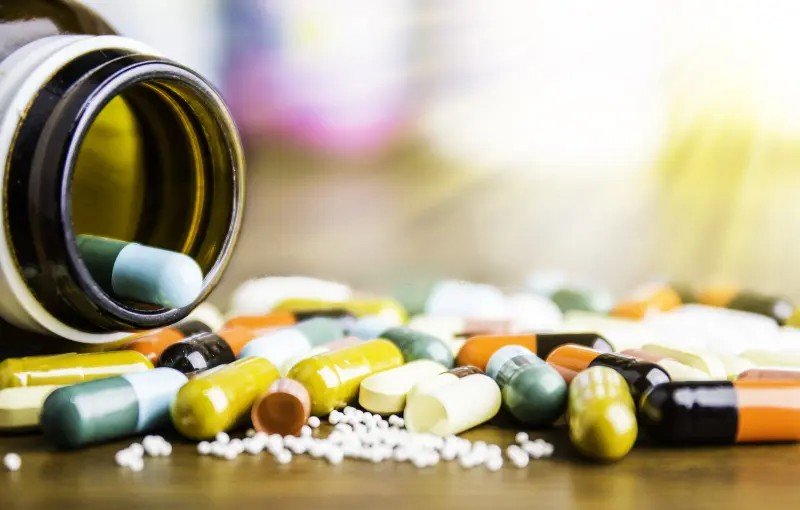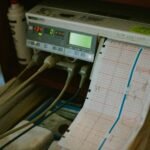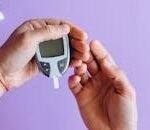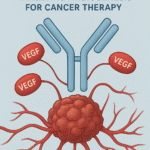-
Dose Response Relationship, Therapeutic Index, Combined Effects of Drugs and Factors Modifying Drug Action
Dose Response Relationship, Therapeutic Index, Combined Effects of Drugs and Factors Modifying Drug Action Understanding the dynamics of drug action is crucial for the effective and safe use of medications. Pharmacodynamics, the study of how drugs affect the body, plays a key role in this understanding. This article delves into four fundamental concepts in pharmacodynamics:
-
Drug Receptor Interactions
Drug Receptors Interactions Signal Transduction Mechanisms, G-protein-coupled Receptors, Ion Channel Receptor The interactions between drugs and their receptors form the cornerstone of pharmacology, influencing how therapeutic agents exert their effects on the body. Understanding these interactions is pivotal for the development and optimization of drugs. This article delves into the complex world of drug-receptor interactions,
-
Drug Interactions (Pharmacokinetics and Pharmacodynamics)
Drug Interactions (Pharmacokinetics and Pharmacodynamics) Drug interactions are an important consideration in clinical practice, as they can significantly impact the safety and efficacy of pharmacotherapy. These interactions occur when the effects of one drug are altered by the presence of another drug, food, or environmental factor, leading to changes in drug action. Understanding drug interactions
-
Adverse Drug Reactions
Adverse Drug Reactions Adverse drug reactions (ADRs) are unwanted or harmful effects experienced after the administration of a drug at normal doses. These reactions pose significant challenges in clinical practice, impacting patient safety, treatment outcomes, and healthcare costs. Understanding ADRs is crucial for healthcare professionals to ensure the safe and effective use of medications. ADRs
-
Local Anaesthetic Agents
Local Anaesthetic Agents Local anaesthetic agents play a crucial role in modern medicine by providing targeted pain relief during various medical and dental procedures. Understanding their mechanisms, classifications, and clinical applications is essential for pharmacy graduates and healthcare professionals. In this article, we will explore the fascinating world of local anaesthetics, their historical development, and
-
Drug Discovery and Clinical Evaluation of New Drugs
Drug Discovery and Clinical Evaluation of New Drugs The journey from a scientific concept to a marketable drug is a complex and rigorous process that spans several critical phases. Drug discovery and clinical evaluation are essential components of this journey, ensuring that new drugs are both effective and safe for human use. With the increasing
-
Receptor Theories and Classification of Receptors, Regulation of Receptors
Receptor Theories and Classification of Receptors, Regulation of Receptors Receptors are fundamental components in the field of pharmacology, playing a crucial role in mediating the effects of drugs and endogenous substances on the body. Understanding how receptors function, their classification, and the principles that govern their behaviour is essential for developing new therapeutic agents and
-
Enzyme Induction, Enzyme Inhibition, Kinetics of Elimination
Enzyme Induction, Enzyme Inhibition, Kinetics of Elimination Pharmacology, the science of drugs and their effects on living systems, is a cornerstone of medical and pharmaceutical education. Among the many facets of pharmacology, understanding how drugs are metabolized in the body is crucial for predicting their efficacy and safety. This article delves into three key concepts
-
Pharmacodynamics- Principles and Mechanism of Drug Action
Pharmacodynamics- Principles and Mechanism of Drug Action Pharmacodynamics, a core area of pharmacology, delves into the intricate interactions between drugs and the biological systems they affect. Unlike pharmacokinetics, which focuses on the absorption, distribution, metabolism, and excretion of drugs, pharmacodynamics explores the effects of drugs on the body and how these effects are achieved. This
-
Distribution of Drugs
Distribution of drugs Distribution in pharmacokinetics refers to the reversible movement of a medication from one part of the body to another. A medication needs to be dispersed into intracellular and interstitial fluids after it is directly administered or absorbed and goes into systemic circulation. Once a medication enters the bloodstream, it is dispersed to
Search
Recent Posts
- 2D Echo Test (Echocardiography): Uses, Procedure, Normal Values, Cost, and Clinical Importance
- The Ultimate Guide to Glucometers: Types & Uses Explained
- Mounjaro Injection (Tirzepatide): Uses, Dosage, Benefits, Side Effects & more
- Benefits of Walking for Heart and Diabetic Patients
- Bevacizumab Explained: Structure, Mechanism of Action, Clinical Uses, and Side Effects
Categories
- Biochemistry
- Biostatistics
- Biotechnology
- Blogs
- Chemistry
- Community Pharmacy
- Diagnostic tests
- Disease & Conditions
- Drug Index
- Featured Blog
- Hospital Pharmacy
- Human Anatomy And Physiology
- Inorganic Chemistry
- Lifestyle & Wellness
- Medicinal Chemistry
- Microbiology
- Miscellaneous
- Novel Drug delivery Systems
- Organic Chemistry
- Pathophysiology
- Pharma Instruments & Devices
- Pharma News & Updates
- Pharma Updates
- Pharmaceutical Analysis
- Pharmaceutical Jurisprudence
- Pharmaceutics
- Pharmacognosy
- Pharmacology
- Pharmacy
- practice mcq
- Previous Question Papers
- Social Pharmacy
- Study Material
Archive
- December 2025 (3)
- November 2025 (1)
- October 2025 (1)
- September 2025 (7)
- August 2025 (7)
- July 2025 (6)
- June 2025 (9)
- May 2025 (9)
- April 2025 (10)
- March 2025 (13)
- February 2025 (13)
- January 2025 (20)
- December 2024 (48)
- November 2024 (49)
- October 2024 (64)
- September 2024 (62)
- August 2024 (58)
- July 2024 (56)
- June 2024 (25)
- May 2024 (17)
- April 2024 (19)
- March 2024 (21)
- February 2024 (18)
- January 2024 (24)
- December 2023 (13)
Tags
biochemistry bpharmacy third semester Construction free practice mcq inorganic chemistry microbiology microbiology mcq pathophysiology Pharmaceutical Engineering pharmaceutics Pharmacology pharmacy practice mcq physical pharmaceutics physical pharmaceutics 2 practice MCQ for govt pharmacist exam





